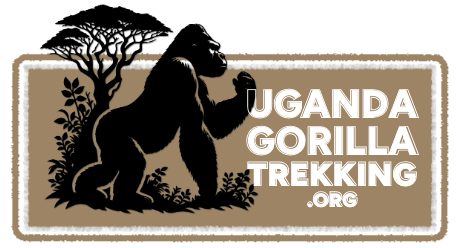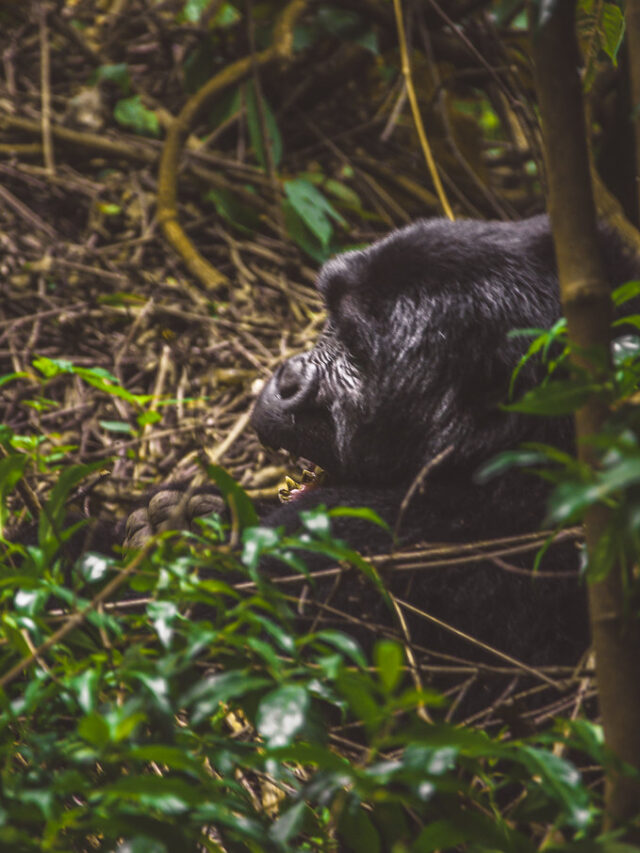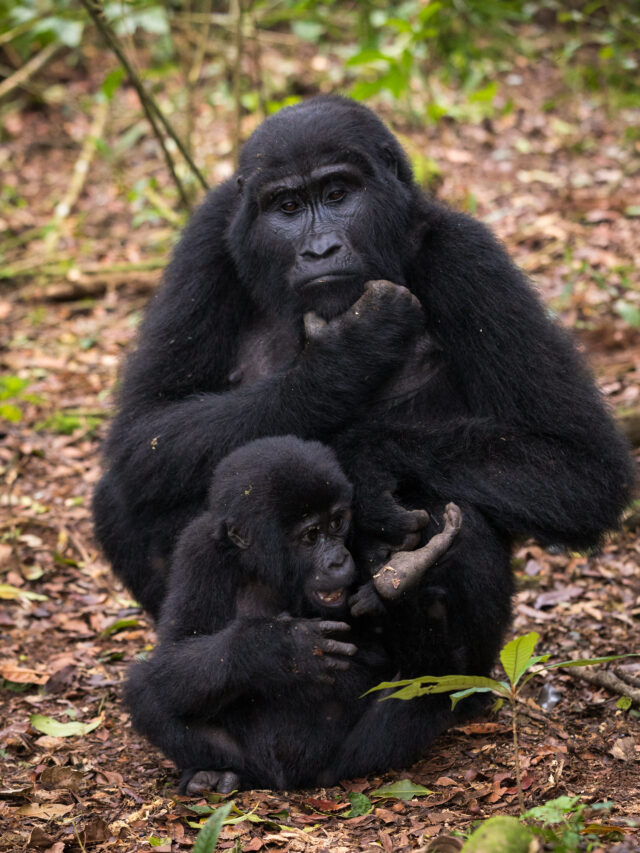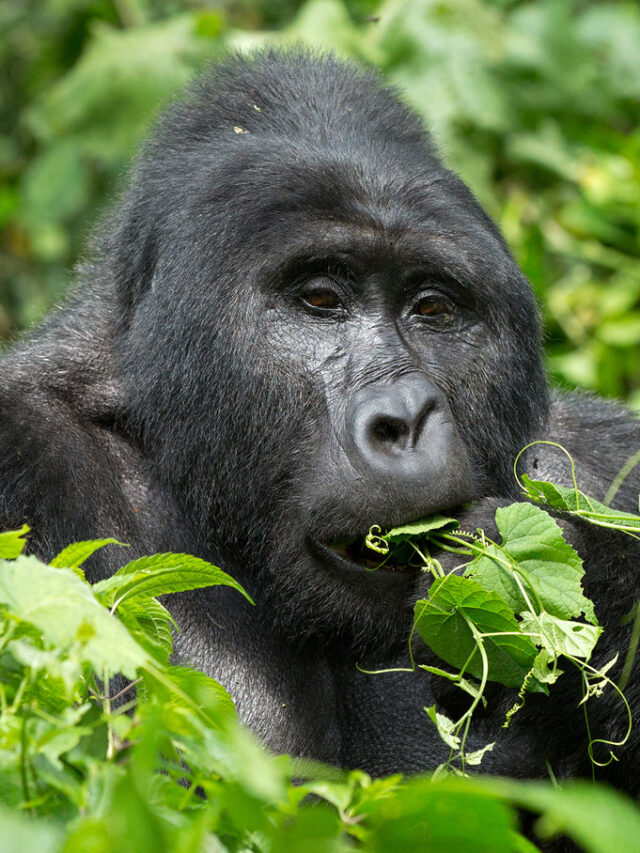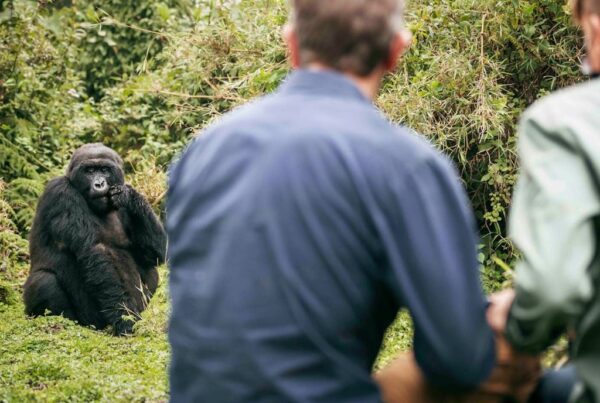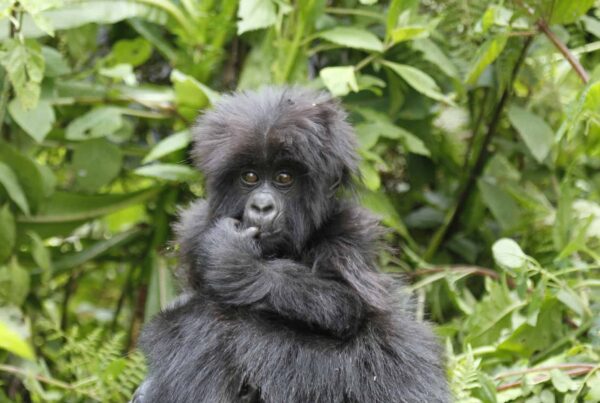Black & White Photography Techniques to Try on a Gorilla Safari: Capturing the Soul of the Forest
How to Use Monochrome to Tell the Deep, Emotional Story of Uganda’s Majestic Gorillas
A gorilla safari in Uganda’s Bwindi Impenetrable Forest or Mgahinga Gorilla National Park is one of the most profound wildlife experiences you can have. While color photos beautifully capture the lush green forest and vibrant surroundings, black and white photography offers a unique way to convey the raw emotion, textures, and timelessness of these gentle giants and their mysterious world.
Stripping away color allows the viewer to focus on the details—the fur, the eyes, the expression, the play of light and shadow—and brings a dramatic, soulful quality to your images. But black and white photography in a dense, often low-light jungle environment is a challenge that rewards patience and skill.
Photography Techniques to Try on a Gorilla Safari — Here’s a detailed guide to black and white photography techniques you can try on your gorilla safari to create images that speak beyond words.
Embrace Contrast: Light and Shadow as Your Storytellers
In the dense forest, sunlight filters through the canopy in uneven patches, creating striking contrasts of light and shadow. Use this to your advantage by positioning yourself or framing your gorilla subjects where these contrasts highlight key features—like the shine on a silverback’s fur or the intense gaze of a juvenile.
Pay attention to high contrast scenes: the deep blacks of shadowed leaves against the brightness of sunlit fur or the glistening moisture on the gorilla’s skin. In black and white, these contrasts become the foundation of emotional impact. Experiment with underexposing your shots slightly to deepen shadows and make highlights pop.
Focus on Texture and Detail: The Beauty in Fur, Wrinkles, and Forest
One of the greatest strengths of black and white photography is its ability to emphasize texture. Gorilla fur, with its coarse, thick strands, and their wrinkled, expressive faces, offer endless opportunities for detailed close-ups.
Use a macro or telephoto lens to zoom in on hands, eyes, and faces, capturing every line and nuance. Sharp focus on textures combined with monochrome tones creates a tactile sense, as if the viewer could reach out and feel the softness of fur or the roughness of bark nearby.
Capture Emotion Through Eyes and Expressions
Gorillas are deeply expressive creatures. Their eyes reveal intelligence, curiosity, and sometimes melancholy or playfulness. Black and white photography excels at amplifying emotional storytelling, especially when the viewer’s attention is drawn to the subject’s gaze.
Aim to shoot portraits that isolate the face or upper body, minimizing distractions. Use a shallow depth of field (a low f-stop number) to blur the background softly, making the gorilla’s eyes the clear focal point. This intimacy can evoke empathy and connection far beyond a standard wildlife shot.
Play With Composition: Leading Lines and Negative Space
Without color to guide the eye, composition becomes even more crucial in black and white photography. Look for leading lines such as tree branches, vines, or the gorilla’s own arms that direct attention into the frame and toward your subject.
Also, experiment with negative space—areas of the image left intentionally empty or blurred. Negative space in black and white photos can enhance feelings of solitude, mystery, or grandeur, emphasizing the gorilla’s place within the vast forest environment.
Use Grain and Noise Creatively
In low-light conditions typical of forest trekking, higher ISO settings are often necessary. While digital noise is usually avoided, in black and white photography, a bit of grain can add a timeless, classic film-like quality that suits the mood of wilderness and raw nature.
If you shoot in RAW format, you can control grain and contrast during post-processing, adding subtle texture that enhances the atmosphere without overwhelming detail.
Experiment With Long Exposures and Motion Blur
While gorillas often move slowly, their troop’s environment is alive with subtle motion—leaves rustling, mist drifting, or a gentle breeze moving branches. Using slightly longer exposure times can blur these natural elements artistically, creating contrast with the sharp, solid presence of a gorilla.
This technique requires a steady hand or a tripod and careful timing but can produce haunting, ethereal images that evoke the magic and mystery of the forest.
Post-Processing Tips: Bringing Out the Best in Your Monochrome Shots
Post-processing is where black and white images truly come alive. Use software like Adobe Lightroom or Photoshop to fine-tune contrast, exposure, and sharpness. Adjust the black and white mix sliders to control how individual colors convert to gray tones, allowing you to brighten or darken specific elements for better separation.
Dodge and burn selectively to highlight details in eyes, fur, or hands. Consider adding subtle vignettes to focus the viewer’s attention inward.
Always keep in mind the emotional tone you want to convey—whether it’s tenderness, strength, solitude, or wildness—and let that guide your edits.
